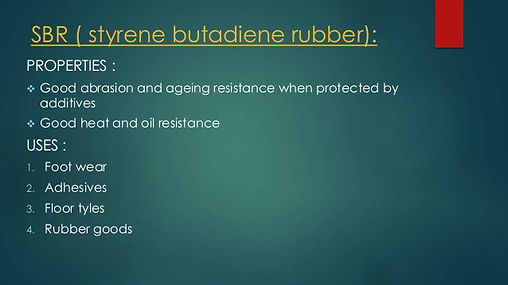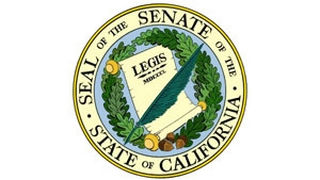Infill Alternatives
Gale Engineers and Planners, an engineering company based in New England, has compiled a list of the similarities and differences of various infill materials available for synthetic fields, to include crumb rubber and Nike Grind rubber.
The Alternative-Infills-for-Synthetic-Turf report from March 17, 2015:
http://www.galeassociates.org/wp-content/uploads/2015/03/Alternative-Infills-for-Synthetic-Turf.pdf
Crumb rubber, made of Styrene Butadiene Rubber (SBR), is at the center of the debates over whether synthetic turf fields contribute to cancer. There are countless documents discussing the dangers of using crumb rubber, and there are an equal number of documents that say that crumb rubber is perfectly fine to use as an infill for a synthetic turf field.
After reading many documents about the pros and cons of crumb rubber, I can say that the debate reminds me of the testimony when the tobacco industry was telling us that nicotine is not addictive. Back then, and now, it was easy to say "there is no proof" and pretend that it was nothing to be worried about. We probably won't know the truth about crumb rubber for another 20 years. We will hopefully know more after the results of California's Senate Bill 47 "The Consideration of Alternatives for Artificial Turf Infill Act of 2016", but that won't be until 2020 at the earliest.
We do have one undeniable fact: Natural grass turf does not require crumb rubber or any other product that is made of Styrene Butadiene Rubber (SBR).
The most-notable issues related to Nike Grind, per the Gale Enginnering report:
-
High Cost - High materials Costs
-
Very Limited Availability
-
No color choices - Poor aesthetics - can look 'trashy'
-
Very Similar chemical make-up & potentials as SBR Rubber
-
Static Charge - sticks to equipment and clothing
The indication that Nike Grind is "Very Similar chemical make-up & potentials as SBR" is not surprising, since Nike Grind is mostly made from ground up rubber sneakers soles rather than ground up rubber tires. Nike Grind will be excellent for the 8 Lane Track, but not for the turf field where children will be in phyiscal contact with the particles and breath the rubber dust as the rubber decays.
References and More Information
Senate Bill 47 "The Consideration of Alternatives for Artificial Turf Infill Act of 2016"
Senate Bill 47 "calls for a comprehensive study to determine health risks of synthetic-turf fields with infill made from recycled tires. The bill would also create a statewide moratorium until Jan. 1, 2018, on new fields. If the fields are deemed unsafe, lawmakers could consider a permanent ban." Senate Bill 47 will also likely investigate all materials that are currently used for infill for synthetic turf fields.
https://leginfo.legislature.ca.gov/faces/billCompareClient.xhtml?bill_id=201520160SB47
Are artificial-turf fields unsafe for athletes?
http://www.ocregister.com/articles/fields-649157-rubber-turf.html
From: All About Shoemaking
"Today, most types of rubber are likely to be based on the general-purpose synthetic rubber denoted S.B.R., rather than the traditional natural rubber obtained from rubber trees. Soles made from these two types of rubber are vulcanized (except crepe) and have similar properties. Vulcanized soles are sometimes referred to as "Composition rubbers" because they are made up of a number of ingredients added to the basic rubber to control the properties. Some black compounds may have a tendency to mark floors depending on the quantity of carbon black in the mix. The soles are used in a wide variety of footwear from heavy-duty to general purpose."
http://howtoshoes.blogspot.com/2014/05/basic-of-shoes-bottom-parts.html


